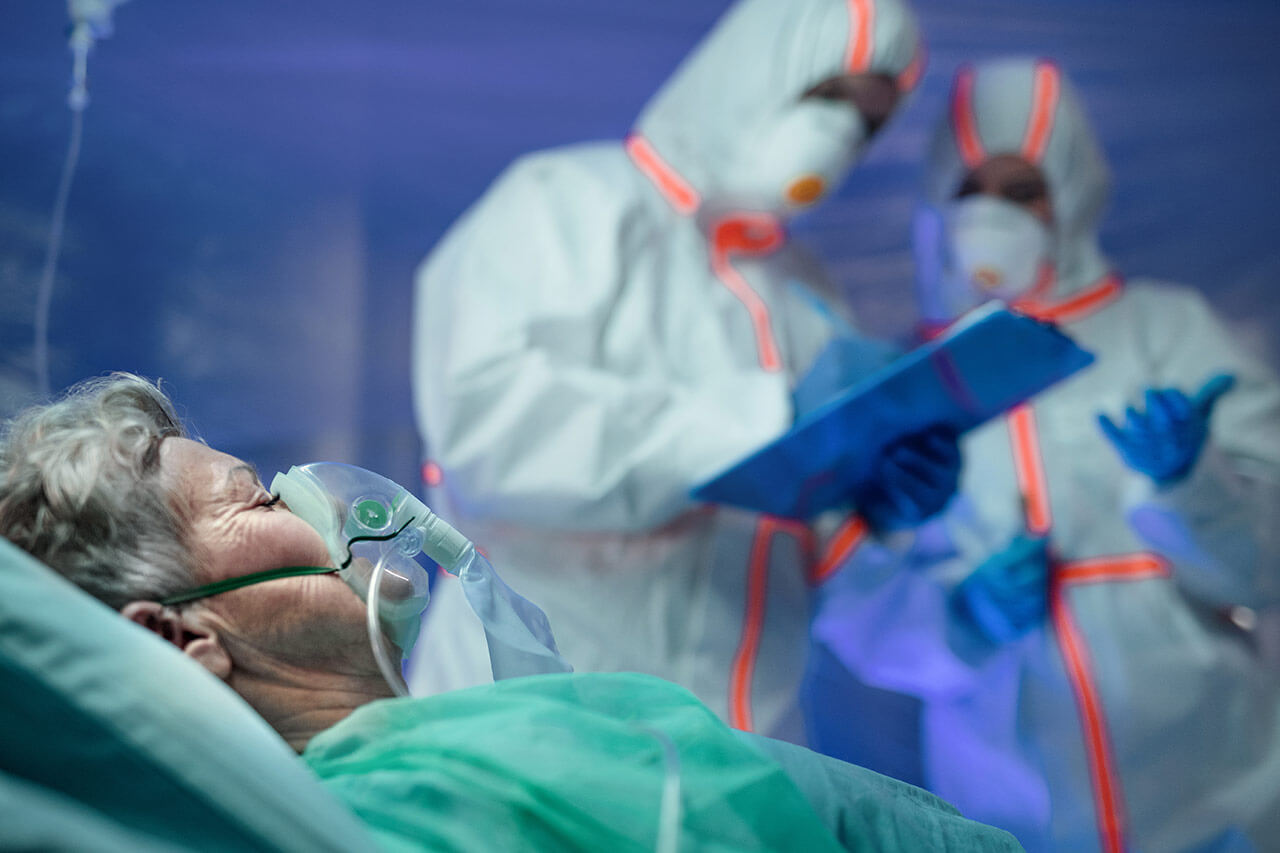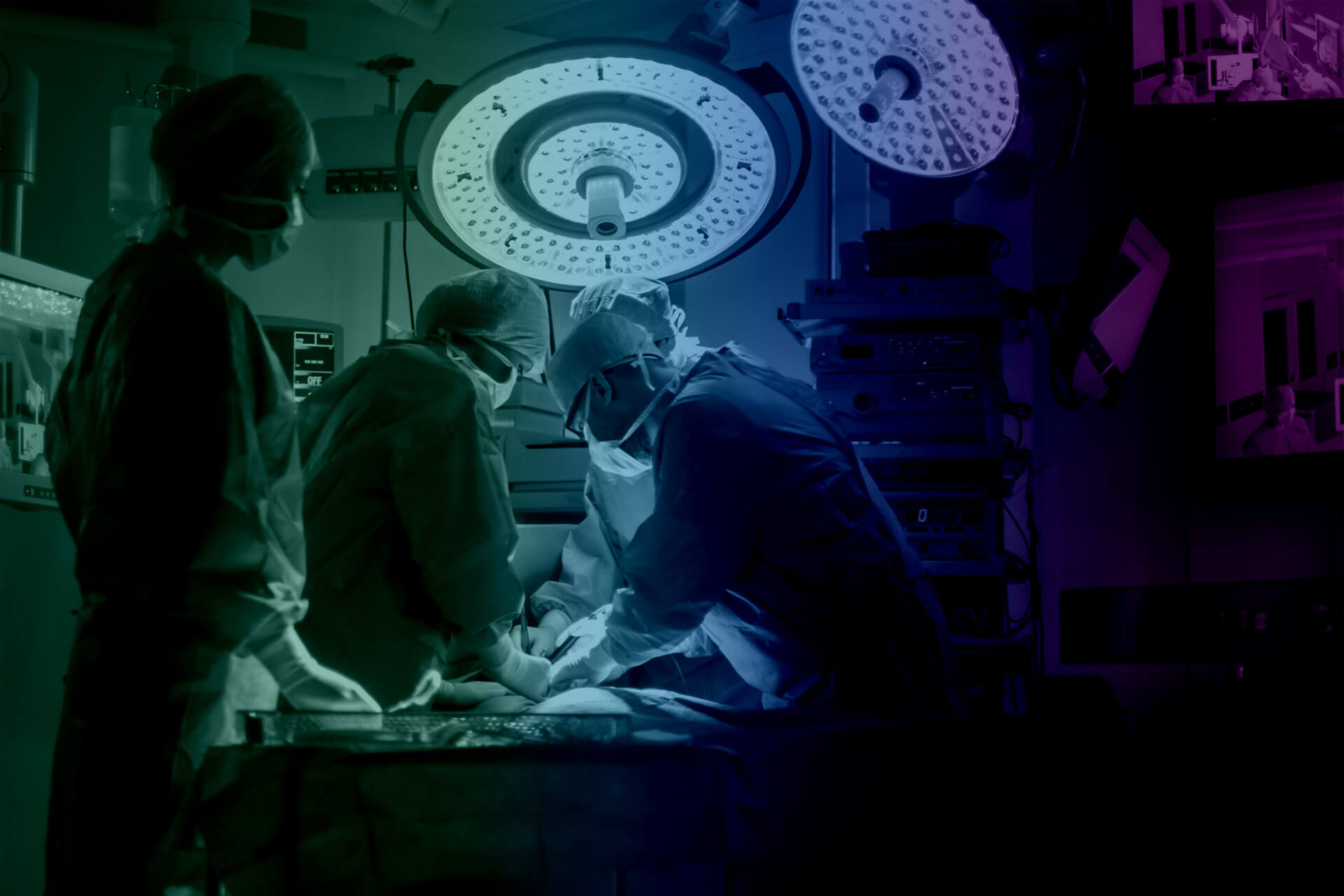We can all learn from mistakes, but there are many mistakes that are fatal and must be avoided, especially when it comes to medical and health care. 4 out of 10 patients worldwide suffer damage in primary and outpatient healthcare.
80% of these damages can be prevented. In this context, patient safety is presented as a discipline in which all types of hospitals and health centers work. At the end of the day, caring and healing is its reason for being. However, little is said about how hospital electrical safety can help ensure the well-being of patients.
What is patient safety?
In 1948, the Declaration of Human Rights was promulgated, according to which, “everyone has the right to an adequate standard of living that ensures health and well-being, as well as their family…”.
Although health care is an unquestionable human right, the reality is that in many cases this care is deficient, especially when it comes to the poorest countries.
In this context, the culture of patient safety acquires relevance and governments, states and institutions around the world have put on the table a series of measures and recommendations with the aim of clarifying the parameters that define what patient safety is. And, in this way, work on safe and quality healthcare.

The World Health Organization defines patient safety as a discipline whose objective is “to prevent and reduce the risks, errors and damages suffered by patients during the provision of healthcare.” The WHO also supports that the cornerstone of safety culture is “the best continuous based on learning from errors and adverse events.”
Along the same lines, Cristián Rocco and Alejandro Garrido, authors of the publication Patient Safety and Safety Culture, consider that this discipline should pursue the objective of “reducing damage and reducing error since error is an inherent condition of human condition”.
In the case of Spain, the 2016 National Study on Adverse Effects linked to Hospitalization (ENEAS Study) reviewed 5,624 medical records, in which 8.4% of adverse events were found. 4.4% led to death and 42.8% were preventable. Once again, if we extrapolate this data to the 4.6 million hospitalizations in 2006, more than 7,300 deaths a year could be prevented.
Consequences of the lack of patient safety
In many cases, the most immediate consequence of unsafe patient care is death. There is a lot of news that we can read throughout the year about people who have died due to late care in collapsed health centers, for example. Along these lines, the Rocco and Garrido study mentions To Err is Human, a 1999 study published by the United States Institute of Medicine, as a reference.
Within the framework of this study, 30,000 medical records were reviewed, detecting 3.7% of adverse events, of which 58% were preventable and 13.6% resulted in death. The authors of the publication extrapolated these data to the volume of annual hospitalizations. They concluded that health care-related adverse events could cause between 44,000 and 98,000 deaths in the United States, at a cost of between $ 17 million and $ 28 million a year.
The conclusion is clear: as the American publication says, erring is human, but a culture of patient safety helps reduce this margin of error and save the lives of thousands of people.

Most common adverse events
The first step to an effective and quality patient safety culture is risk prevention and the detection and investigation of medical errors and common adverse events. In this sense, a 2005 ENEAS study established that the most common adverse events were related to:
- Medication
- Nosocomial infection
- The cares
- The procedure
- The diagnosis
At a global level, the WHO also points out very similar worrisome situations:
- Medication errors are among the leading causes of preventable harm and injury in healthcare.
- Infections affect 7 out of 100 hospitalized people in high-income countries and 10 out of 100 in low- and middle-income countries.
- 25% of patients suffer complications due to unsafe surgical procedures. In most cases, the patient dies directly during the intervention or immediately afterwards.
- Unsafe injection practices in healthcare settings.
- Diagnostic errors affect about 5% of adults who go through ambulatory care.
On the other hand, there are other types of adverse events related to the facilities of the hospital or health center. In this case, we would be facing two main types of accidents:
- Accidents related to the building and its facilities.
- Natural disasters: accidents related to the environment and meteorological problems.
Is there a regulation on key aspects of patient safety?
As we said before, in the professional field patient safety has become a subject of study and on which to legislate both at the national and international level. In this sense, there are some important key events and documents for promoting a culture of patient safety:
- In 2004, the World Alliance for Patient Safety (now the Patient Safety Program) was created. The main objective that is set is “above all, do no harm”, as its motto says.
- Since 2005 there is the Joint Commission International Center for Patient Safety, considered the first center in the world dedicated exclusively to patient safety and collaborating with the WHO.
- In 2006, within the framework of the Warsaw Declaration on Patient Safety, the following needs were outlined: establish an Incident Notification System, promote a systematic approach to the culture of patient safety, and involve citizens and patients in improving this security.
- In the case of Spain, the country has the National Health System Patient Safety Strategy, a document whose main objective is to promote and improve the culture of safety in health sector organizations.
In Colombia, for example, in the field of hospital security, they have the RETIE certificate (RETIE Technical Regulation of Electrical Installations). The objective of this certification is to guarantee “the protection of people, preventing, minimizing or eliminating risks of electrical origin”.

The importance of hospital safety
Although there is much legislation and interest in promoting a culture of patient safety, it focuses exclusively on the human sphere of action, focusing on how to avoid human errors that result in harm to the patient. However, there is not much scientific literature focused on hospital safety, a key pillar also in health care.
Hospitals are unique spaces, intended for the care of patients and sick people or those who require some type of surgery. For this reason, it is a health scenario where security must be applied in a concrete way both in relation to the facilities and to the medical work within the hospital center.
Although it is not common for electrical failures to occur in hospitals … So it can happen. This is demonstrated by data from the report Structure Fires in Health Care Facilities, prepared in 2017 in the United States by the National Fire Protection Association NFPA. The study collects information for the period 2011-2015 and detects an average of more than 5,700 fires in Health Centers. The second cause of these fires was failures in electrical installations.

Hospital protection and engineering: solutions
As experts in hospital engineering, we want to talk about some guidelines to take into account to guarantee the good state of the electrical safety of a hospital or healthcare center. They are as follows:
- It is necessary to have an uninterruptible power supply system so that more critical areas such as the ICU or operating rooms always have specific loads in the event of the main power system failure.
- For the automatic detection and location of electrical faults it is necessary to have an IT power supply system.
- Have a team of experts who offer advice on electrical safety.
- To avoid contact voltages in critical areas, the most sensitive areas of hospitals are the ground connections.
Conclusion
Patient safety is essential to provide efficient and quality medical care. However, in most cases the approach given to this culture of patient safety focuses on the human sphere, without taking into account the importance of avoiding risks in hospital electrical installations.
However, from ETKHO with this article we have wanted to value the importance of hospital engineering and of having high quality technological solutions to preserve patient safety.



